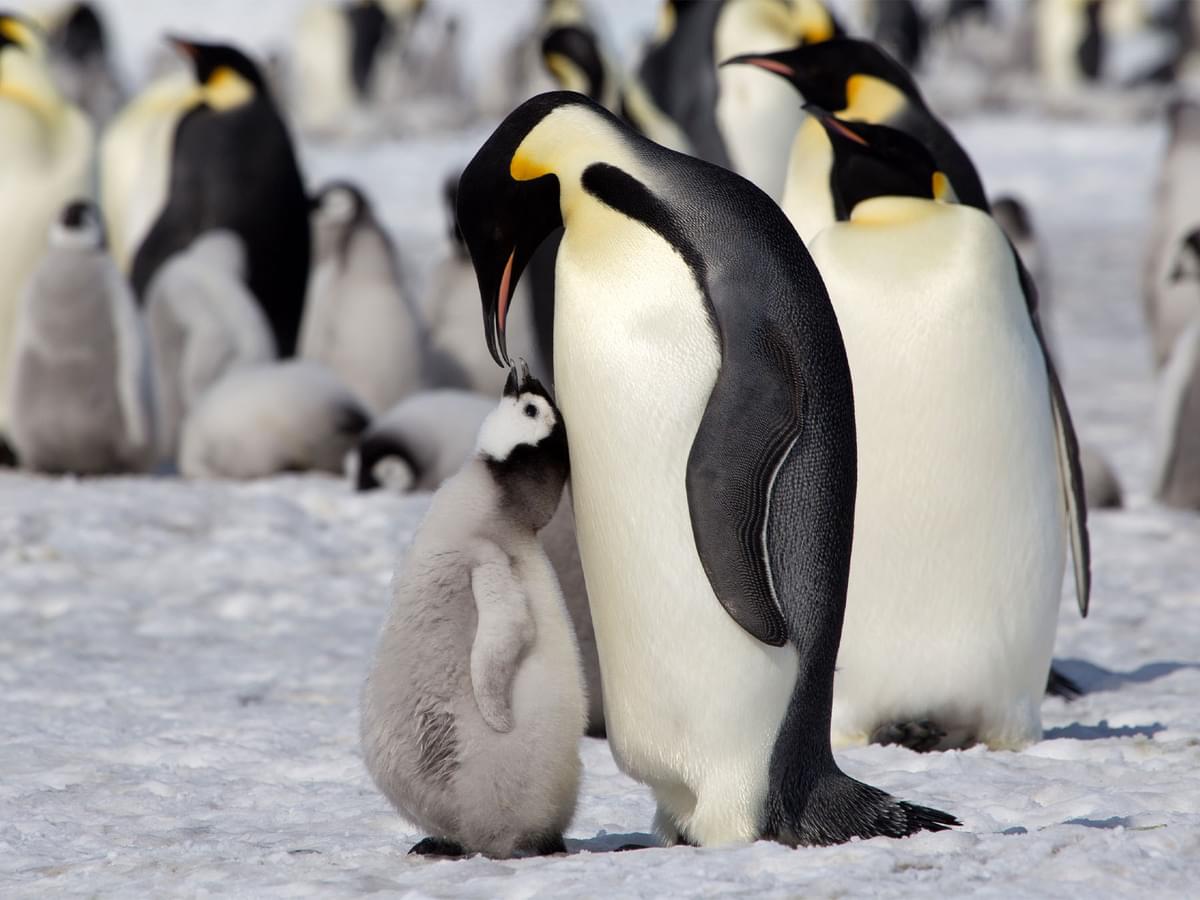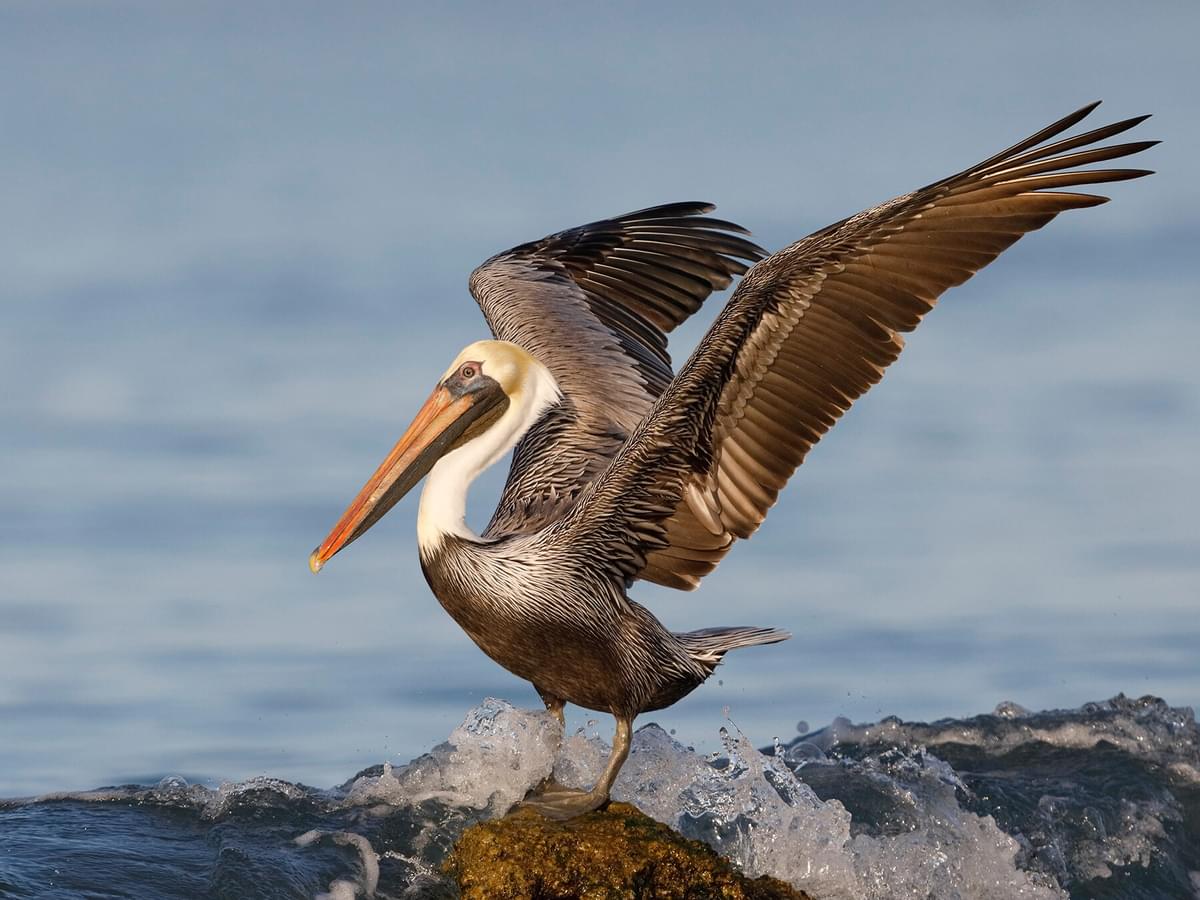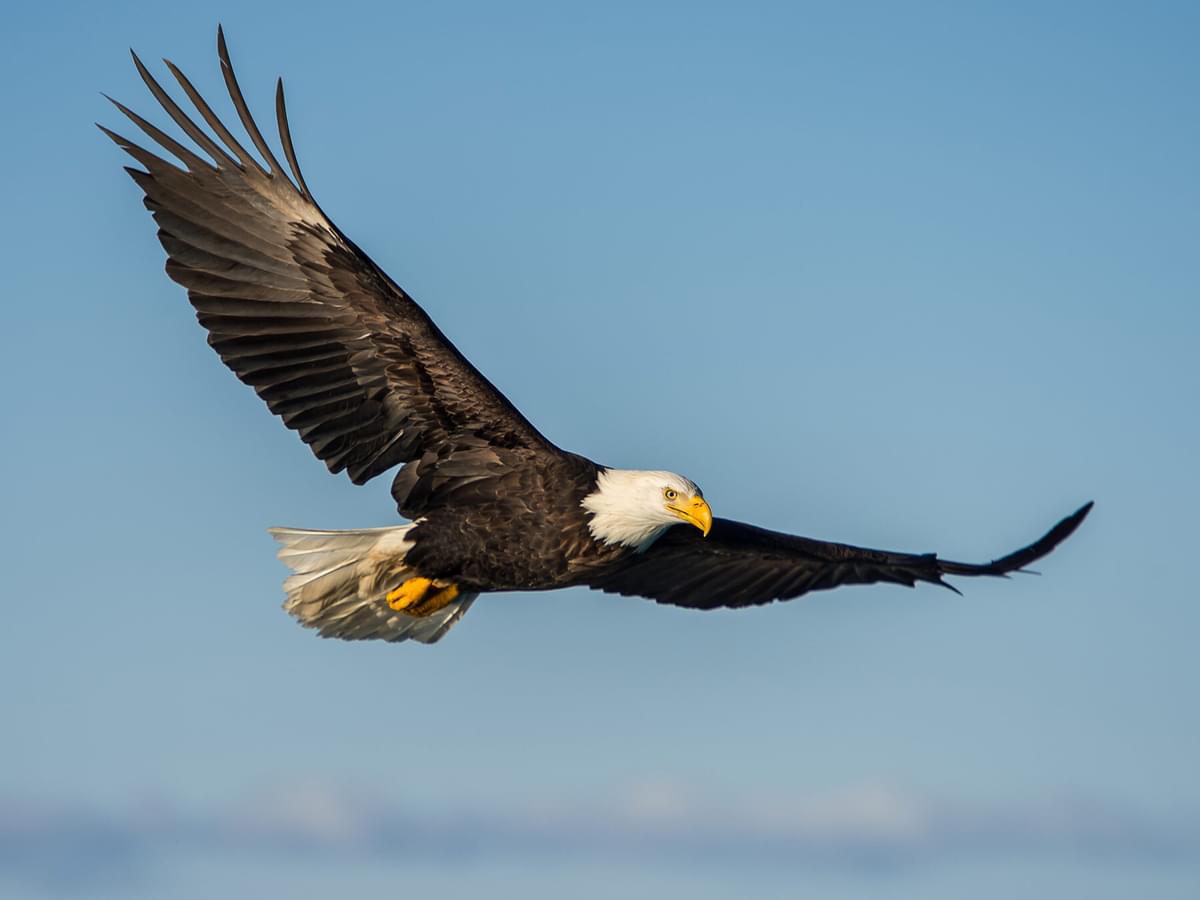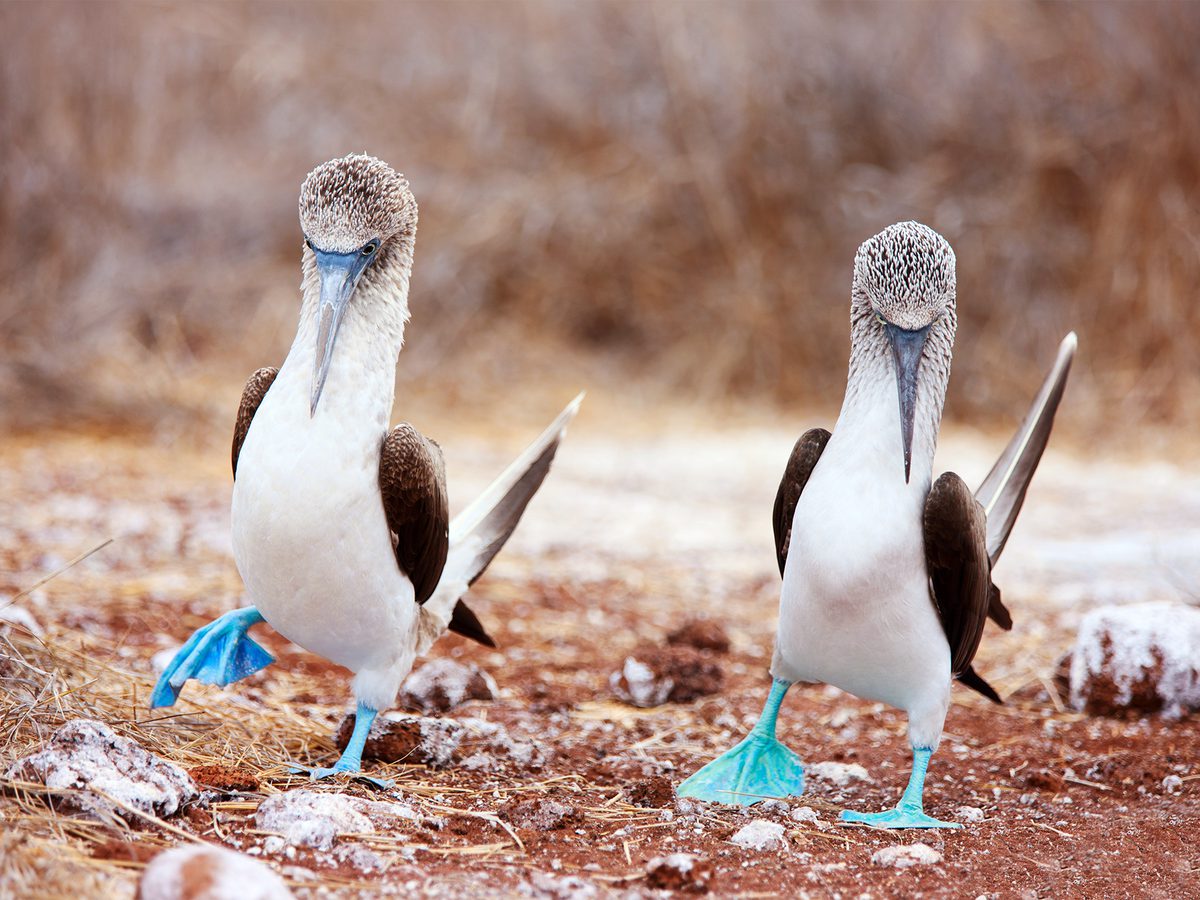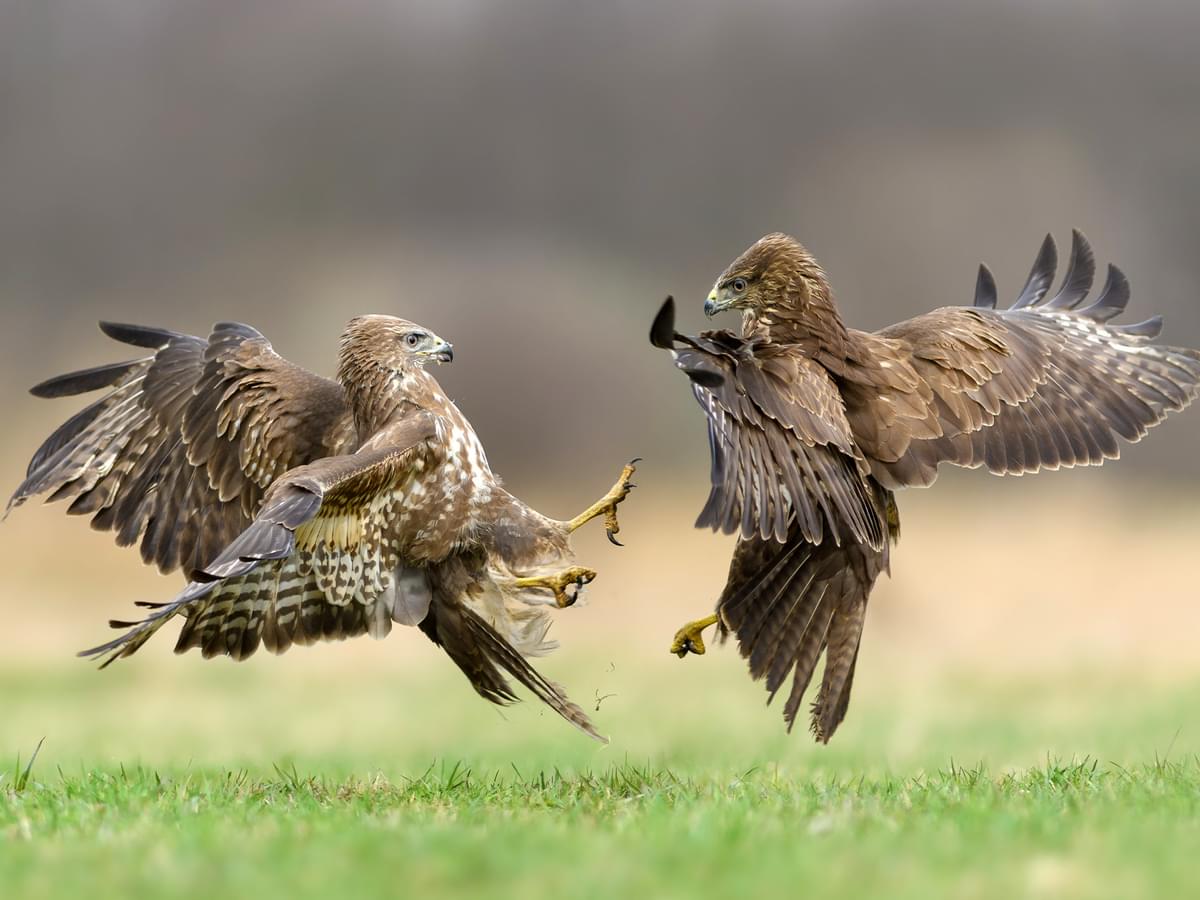Cooperative Feeding
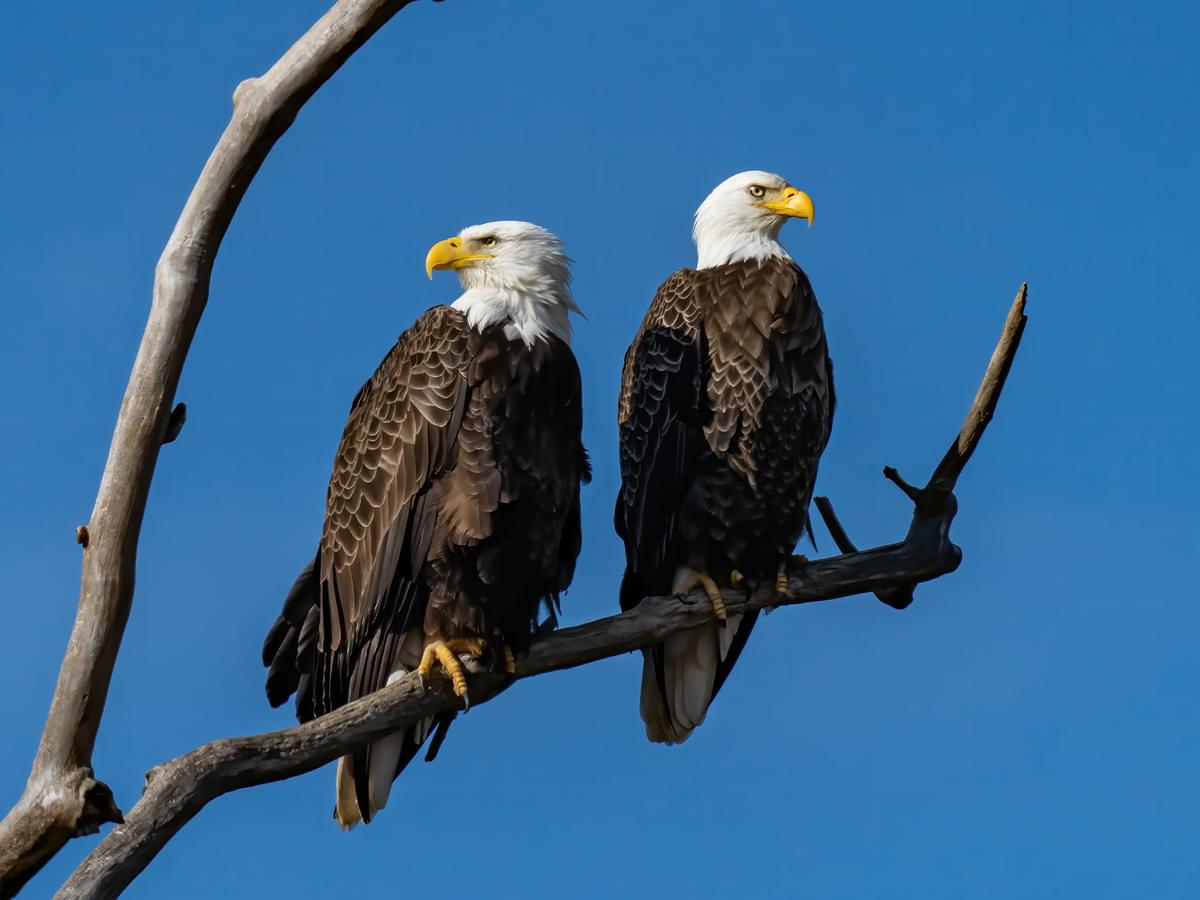
From spectacular Starling murmurations to group defense in nesting gulls, social behaviors are common to many birds. However, cooperative feeding, where birds work together to get a meal, is relatively rare and reported from just a few species.
Birds from diverse families, including the Falconidae (Falcons), Accipitridae (Hawks), Pelecanidae (Pelicans), Spheniscidae (Penguins), and Stercorariidae (Skuas) are known to hunt cooperatively. This level of teamwork is usually only associated with large mammals like lions and wolves.
As an avian hunting strategy, cooperative feeding works on the basis that individuals do not always benefit directly from their own efforts, which is a pretty advanced concept for animals that aren’t perceived as particularly intelligent.
Would you like to learn more about cooperative feeding in birds? Read along as we uncover a few of the better-known examples and discuss some of the benefits of this fascinating behavior.
Understanding Cooperative Feeding
Defining Cooperative Feeding
Cooperative feeding is an uncommon bird behavior where two or more individuals work together to secure a meal. Their targets are typically fast-moving live animals like fish or birds, and the cooperating hunters may each catch their own prey or share a single prize.
Birds are facultative cooperative feeders, which means they don’t have to forage together but will do so under certain conditions. Cooperative foraging can increase their hunting success, so it benefits each individual even when sharing is part of the deal.
More than just an interesting phenomenon, observing and studying this fascinating behavior could improve our understanding of how other social behaviors evolved in birds and how cooperative feeding has evolved in vastly different species like dolphins and lions.

American White Pelicans (pictured) are well known for cooperative feeding when hunting schools of fish in shallow water
Reasons for Cooperative Feeding
Survival and Efficiency
Cooperative feeding increases hunting success under certain scenarios, and that’s why birds use this complex hunting strategy. For example, a study on Applamado Falcon pairs found that they are more than twice as likely to succeed in making a kill when hunting together.
More food means a better chance of survival and a better chance of successfully raising young, so the benefits for birds that practice this behavior are often pretty clear.
A successful hunt involving more than one bird might involve a coordinated, synchronized effort, like in the case of fish-herding waterbirds, but sometimes the roles of each individual bird are very different.
Parasitic Jaegers hunting smaller birds show a division of labor where one bird flies low to flush the prey while the other swoops in for the kill.
Social Bonds and Hierarchies
Birds that practice cooperative feeding show various levels of social hierarchy. Fishing Penguins and Pelicans, for example, may have similar status and access to prey when working together, but the female is dominant in pair-hunting Falcons.
The Harris’s Hawk, a textbook example of a cooperative hunting bird species, has a more complex social structure consisting of more than one pair or an established pair and their young from previous years. The adult female is the most dominant individual in these family groups.
Food sharing and mutual feeding are thought to be useful for pair-bond strengthening in some birds, and it is possible that cooperative feeding has similar benefits for birds like the Parasitic Jaeger, which has been observed hunting cooperatively during the breeding season.

A study on Applamado Falcon pairs (pictured) found that they are more than twice as likely to succeed in making a kill when hunting together
Examples of Cooperative Feeding Birds
Hunting Parties of Harris’s Hawks
Some Harris’s Hawks (Parabuteo unicinctus) behave more like pack-hunting mammals than birds of prey. These handsome chocolate and chestnut-brown hawks hunt together in small groups of two to seven in open habitats from the Southwest of the United States to Chile and Argentina.
By teaming up, these birds can tackle larger prey and increase their success rate, making more food available per hawk. This behavior is more prevalent in some areas than others, but a study from the shrublands of southeastern New Mexico documented the following major strategies:
Leapfrogging
The group may split up and hunt in a manner described as ‘leapfrogging’ to systematically search an area while moving in a specific direction.
Co-operative kill
If large prey like a rabbit is discovered out in the open, the group may attack it from all sides for an efficient kill. If their target takes cover in thick vegetation, some of the birds may enter on foot and scare it out into the open, where the others can swoop in for the kill.

Harris's Hawks (pictured) hunt together in small groups of two to seven in open habitats
Cooperative Pairs - Deadly Duos
Bald Eagles (Haliaeetus leucocephalus), Parasitic Jaegers (Stercorarius parasiticus), and Applomado Falcons (Falco femoralis) are all known to hunt in pairs.
Lanner Falcons (L. biarmicus) are also known to hunt in pairs, although, in at least one study, the larger females caught most of the prey and did not share with their partner.
Fishing Flocks
Pelicans
American White Pelicans (Pelecanus erythrorhynchos) are well known for cooperative feeding when hunting schools of fish in shallow water.
A group of two to about twenty individuals will form a circle or semi-circle around the school or push them up against the bank or shallows before scooping them up with their immense bucket-like bills.
Once the birds have the fish where they want them, each pelican goes in for the catch almost simultaneously.
Penguins
Similar to the way pelicans surround baitfish in the shallows, African Penguins (Spheniscus demersus) have been observed herding fish into a tight ball before snatching their prey.
These master swimmers have the benefit of swimming both at the surface and below the water to keep their prey up near the surface in open waters.
Mountain Caracaras - Strength in Teamwork
In the mid-1990s, researcher Jason Jones observed and reported some fascinating cooperative feeding behavior in the Mountain Caracara (Phalcoboenus megalopterus), a ground-hunting bird of prey from the falcon family.
These colorful raptors were observed working together to flip rocks and catch the small animals hiding beneath.

African Penguins (pictured) have been observed herding fish into a tight ball before snatching their prey
Impact on Ecosystems and Biodiversity
Ecological Roles
Cooperative feeding increases hunting efficiency, which naturally affects prey animal populations. We often feel pity for prey animals (it’s human nature!), but ecosystems occur in a sort of dynamic balance, where resources are limited, and competing species regulate each other’s populations.
In that sense, cooperative feeding birds are just another key component of healthy ecosystems, with a vital role to play in the ecology of their natural habitats and, indeed, the complex web of life on Earth.

Pictured: A small flock of Striated Caracara's hovering over their prey
Summary
Known from the semideserts of the American Southwest to the rich waters off the coast of South Africa, cooperative feeding is an advanced but relatively rare strategy that gives us a fascinating insight into bird behavior and social structures.
As a social behavior, it highlights the advantages of teamwork for the benefit of the individual, something we can probably all learn from!
